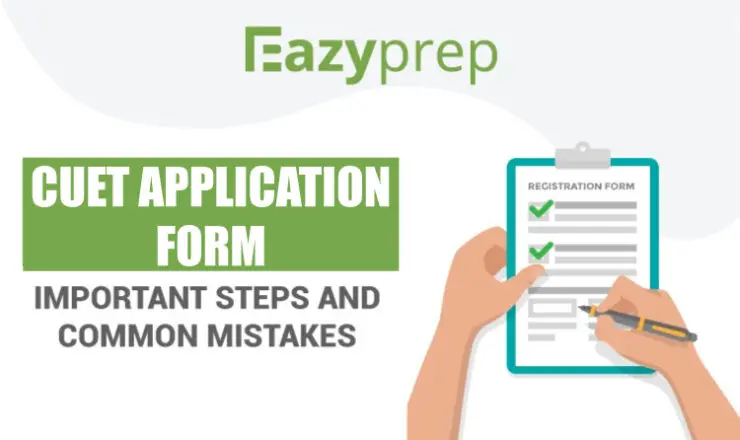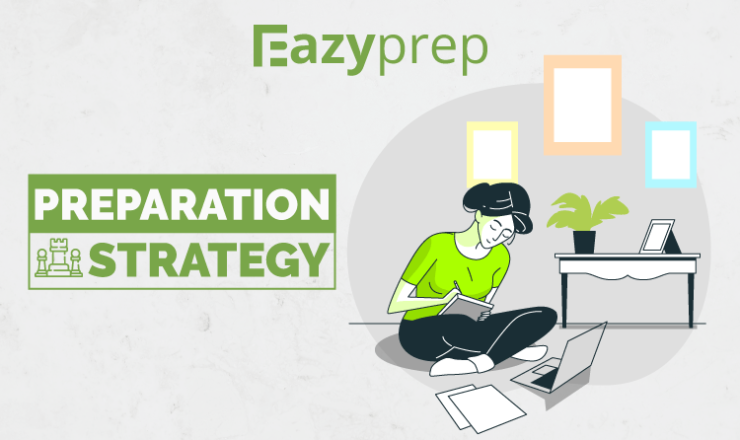![]()
The new CLAT Pattern is designed in a way that tests a candidate’s critical and analytical skills. Common Law Admission Test or CLAT is conducted every year around May, in 2021 the test is to be held on 9th May. CLAT is a gateway for granting admission into the 22 NLUs India has to offer alongside the best Law Universities across the nation. The new CLAT pattern was introduced by the Consortium of NLUs last year. Under this new pattern the five major categories the candidates would be tested on remain the same, what has changed is the way in which the questions will be presented. Let’s have a look at the new CLAT pattern in detail.

New CLAT Pattern: What has changed
- The previous CLAT exam pattern was focused predominantly on testing a candidate’s objective and factual knowledge whereas the new pattern focuses on testing a candidate’s interpretative, logical reasoning, analytical and critical thinking skills.
- The questions have been changed from objective type to passage type which also considers a candidate’s reading and comprehension skills.
- The number of questions have been reduced from 200 to 150.
- The standard of undergraduate CLAT is now fixed to match the reading and comprehension level of an average class 12th student.
The section-wise marking scheme of CLAT 2021 is given below:
| S. No | Sections | No. of Questions | Weightage |
| 1 | English including comprehension | 28-32 | 20 % |
| 2 | Mathematics | 13-17 | 10 % |
| 3 | Logical Reasoning | 28-32 | 20 % |
| 4 | Legal Aptitude | 35-39 | 25 % |
| 5 | General Knowledge and Current Affairs | 35-39 | 25 % |
CLAT 2021 is to be conducted in an offline, pen-paper mode. It will be 2 hours with 150 questions. Each correct answer will be awarded 1 mark and for each incorrect answer, 0.25 marks will be deducted.

Eligibility
- The applicant should have passed class 12th from a recognized institution
- For those belonging to the General and OBC category the minimum aggregate needed in their qualifying examination is 45 percent. For the SC and ST candidates the minimum aggregate to be achieved is 40 percent.
- Candidates whose results have not been announced yet can still appear for the CLAT given that they provide proof of passing their qualifying exams at the time of admission.
New CLAT Pattern: Syllabus
The CLAT syllabus is broadly divided into five subjects:
English
- This section under the new CLAT pattern will now contain passages of 450 words each. These passages can be picked up from either contemporary or historical fiction and nonfiction. The comprehension level of these passages will be of a 12th standard student.
- These passages will then follow a series of questions that will test a candidate’s comprehension, language, and interpretative skills.
- The candidate will be required to summarize the passages, identify the overall theme, and comprehend the meaning of various phrases and words provided in the passages.
General Knowledge and Current Affairs
- Under the new CLAT pattern this section will include passages of 450 words each. These passages could be taken up from various journalistic sources, nonfiction writing and news. The questions under this passage will test a candidate’s general awareness regarding various national and international social, legal, and political issues.
- Each passage will be followed by a set of questions that are based on contemporary and historical events, national and international current affairs as well as art and culture.
Logical Reasoning
- This section of CLAT 2021 includes passages of 300 words each. This section will assess a candidate’s analytical and logical reasoning as well as critical thinking skills. The section will require students to identify arguments in the passage.
- The candidate will also be required to analyze patterns and associations and formulate conclusions based on the premises given in the passage.
- The questions will require the candidates to draw relations and decode analogies in order to identify the contradictions and effectiveness of a given argument.
- The questions will require candidates to infer the clues and then apply those inferences to the situations presented to them.
Mathematics
- This section of CLAT will test a candidate’s numerical ability. The questions in this section will be based on diagrammatic, pictorial, or textual representations. The questions can be from topics like ratio, probability, graphs etc. The representation questions assess a candidate’s inference, derivative, and interpretative skills,
- The candidates will be required to manipulate the information provided in the passage by application of mental operations. They would have to apply various formulas and mathematical operations learnt in class 10th like proportions, algebra, and statistical estimation.
Legal Aptitude
- This section includes passages of 450 words each. These passages could be related to situations and scenarios based on topics like moral philosophy, public policy, and legal principles. This section tests a candidate’s legal knowledge and awareness.
- The candidates are required to identify and infer the rules and legal principles given in passages along with decoding the overall theme of said passages.
- They are also required to portray their understanding of how modifying rules and legal framework will result in the altercation of different scenarios and situations.
- They need to apply their inferences and principles to different situations as well.

The new CLAT pattern follows a design that promotes a comprehension style question pattern and tests a candidate’s quick thinking skills along with their comprehension ability and critical thinking. To check out further details about the preparation strategy for CLAT, take a look here.

